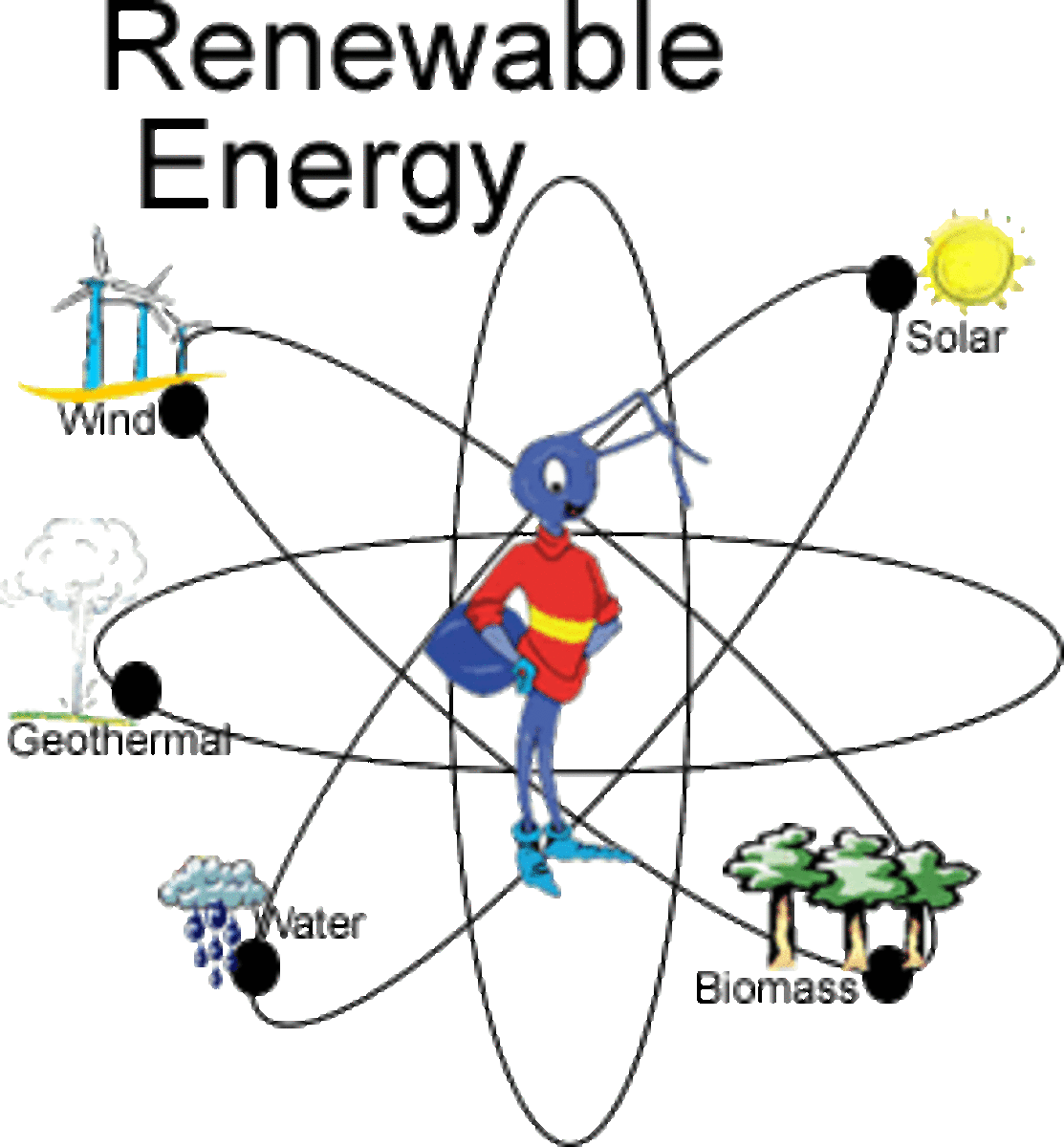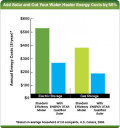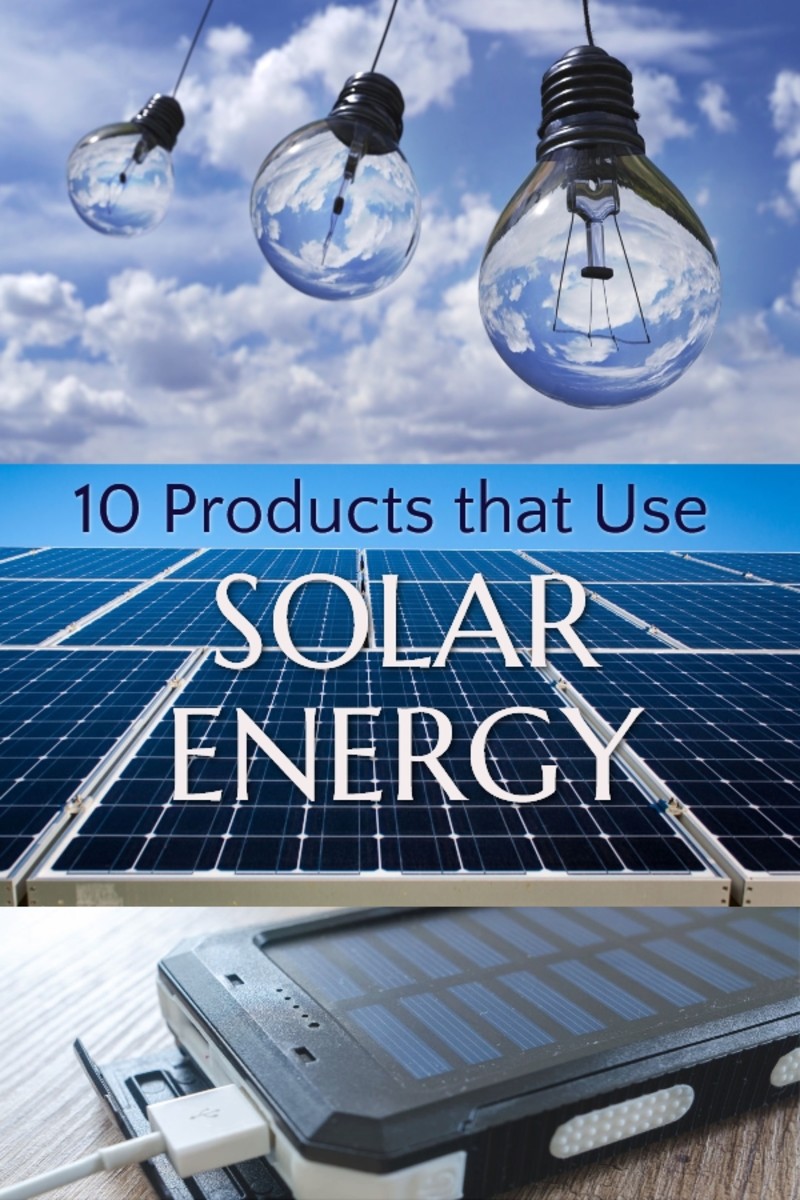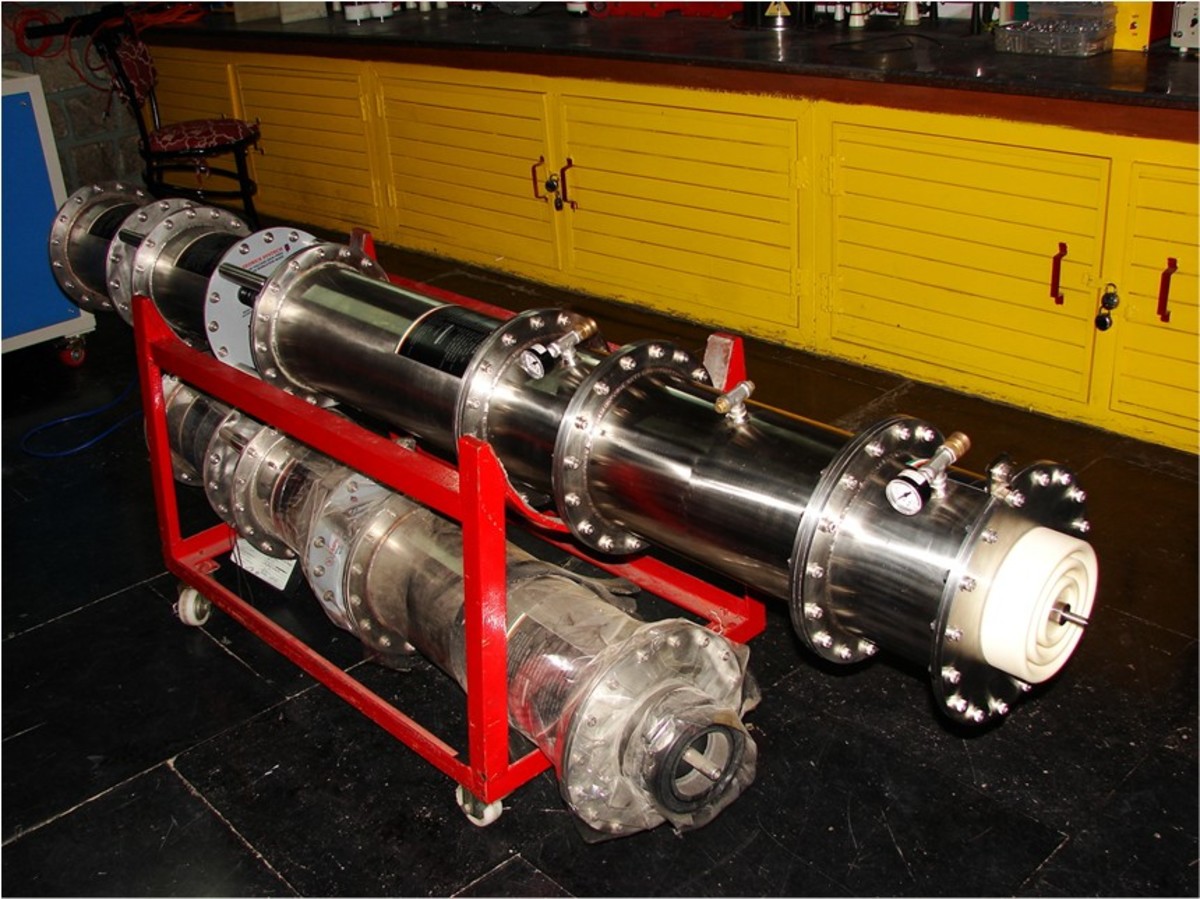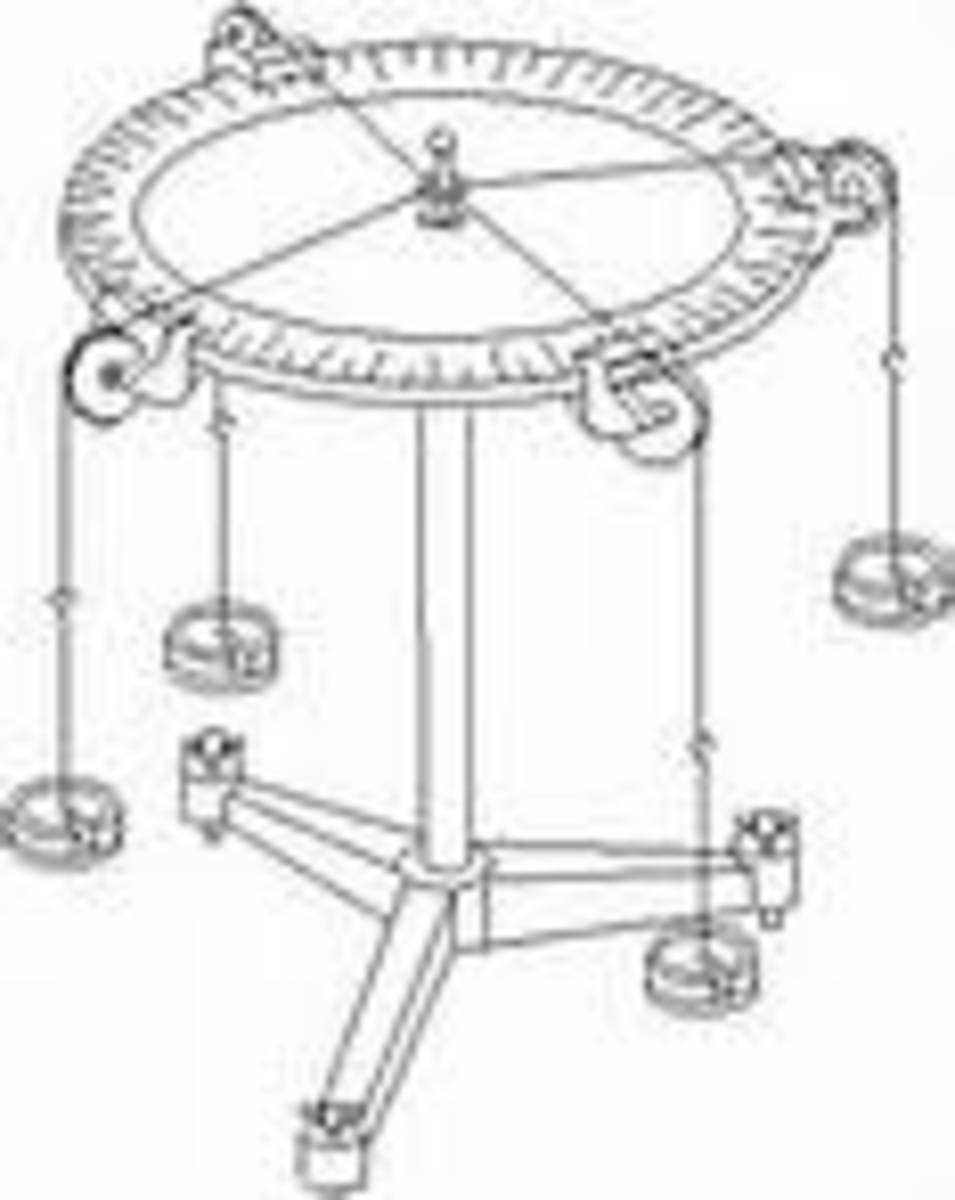Alternative and Renewable Energy Sources: Solar Energy Design
Introduction
Alternative and renewable energy sources, sustainable design, energy-efficiency, and solar energy are quite significant in interior design and architecture. Continuing use of solar energy in the future will lessen greenhouse gases emitted into the environment by providing a means to solar heating and cooling systems. In addition, consumption of electrical energy and consumption of fossil fuels would decrease and readily offset our carbon footprints.
Fossil fuels and nuclear processes will continue to be used, but increasing use gives rise to pollution and environmental concerns. (Shipman, 2009) The greenhouse effect of atmospheric heating caused by solar radiation is readily transmitted inward through the earth’s atmosphere but long-wave radiation is less readily transmitted outward, due to absorption by certain gases in the atmosphere. (Jefferis, 2011) The main greenhouse gases are water vapor, methane, carbon dioxide, and ozone (Jefferis, 2011) which absorb global radiation and contribute to the greenhouse effect. (Jefferis, 2011) Carbon offsets are a tool used to reduce these carbon footprints lessening carbon emissions by the use of reforestation as well as solar and wind energy. I will discuss the uses for solar energy design in the following paragraphs.
Fossil Fuel Consumption
Fossil fuels contribute to greenhouse gases and possible global warming; (Shipman, 2009) and it is estimated that at our present rate of consumption, world oil reserves will last only 50 years. (Shipman, 2009) Oil and coal are the leading fuels consumed, and almost half the electricity in the United States is generated by burning coal. (Shipman, 2009)
According to The World Bank, from 2007-2011, the United States consumed 84.4% of fossil fuel energy. Fossil fuel comprises of coal, oil, petroleum, and natural gas products. (Fossil fuel energy consumption (% of total), 2012) The Energy Information Administration expects global energy use to rise by 53% by the year 2035.
Renewable energy sources account for only 14%, but it is steadily rising, and makes it “the fastest growing of all the energy sources.” (Hargreaves, 2011)The EIA states that “most future renewable energy supply will continue to come from wind and hydropower.” (Hargreaves, 2011) Natural gas continues to make up nearly a quarter of the world’s energy consumption, driven by the increasing development of shale gas. (Hargreaves, 2011)
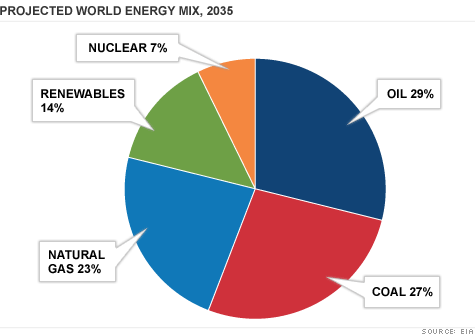
Energy-Efficient Resources and Energy Use
Currently, alternative and renewable energy sources come from resources found in nature and consist of the following:
- Hydropower: Production of Electricity with Water
- Wind Power: Production of Electricity with Wind
- Solar Power: Production of Energy from the Sun
- Geothermal Systems: Production of Energy from the Earth’s Core
- Tides: Production of Energy from Water
- Biofuels: Production of Ethanol from Agriculture
- Biomass: Biodegradable Waste for Production of Fuels and Chemicals
Traditionally, elements in nature have been characterized as earth, air, fire, and water, and a comprehensive sustainable design framework can be organized around these elements; thus, energy as fire; materials as earth, water, and air (Architects, 2008). Physics describes these elemental flows (Architects, 2008). Solar flows “include all interaction between the sun, the atmosphere, and mass on earth” (Architects, 2008). Solar flows vary by latitude, water in the atmosphere, time of year, and time of day (Architects, 2008); and the “element of fire” incorporates solar flows, as well as all forms of thermal and electrical energy (Architects, 2008).
Ongoing energy use is the single greatest source of environmental impact from a building; thus, buildings designed for low energy use can have a significant effect on the environment(Architects, 2008). A carbon footprint, as defined by Wikipedia, is “a measure of the impact human activities have on the environment in terms of the amount of greenhouse gases produced, measured in units of carbon dioxide” (Jefferis, 2011).
The efficiency of burning fossil fuels is “far from efficient” by the “transmission of line losses and the energy infrastructure” required for extraction of these fuels.(Architects, 2008). Take for example, a family who lives in Ohio who can produce: “2,621 lbs. of carbon dioxide, 10 lbs. of nitrogen oxide and 28 lbs. of sulfur dioxide, nuclear waste, and mercury as a result of burning coal at the power plant” based off of a “monthly electric bill of $100” (Architects, 2008). Ohio generates 88% of its electricity by using coal. (Architects, 2008)
Passive and Active Solar Systems
Solar energy “offer[s] a clean alternative to the pollution in the previous example” (Architects, 2008). Solar energy consists of passive and active solar systems, direct solar gain and thermal storage walls, green roofs, solar collectors, roof ponds, solariums, photovoltaic technology, and most importantly, southern site orientation.
Passive and active solar systems can be combined or used separately mainly for solar heat gain within the structure. Passive systems differ from active systems in that active systems “use mechanical devices to absorb, store, and use solar heat” where passive systems do not. Passive solar systems do require more work from the homeowner than active solar systems which only require little. An auxiliary heating system is often used as backup or supplemental in conjunction with solar heat; the amount of heat needed from the auxiliary system depends on the effectiveness of the solar system (Jefferis, 2011).
- A passive solar system allows sunlight to enter the structure and be absorbed into a structural mass; the stored heat then warms the living space (Jefferis, 2011). Materials such as water, steel, concrete, and masonry have good heat capacity [and] wood does not (Jefferis, 2011). Direct solar gain is provided by large windows facing the south, and “can provide up to 60% of a buildings heating needs when the windows are insulated at night with tight-fitting shutters or insulated curtains”; if these are not used, heat gain during the day is quickly lost (Jefferis, 2011). When the large glass windows are used along with thermal storage walls, constructed of materials with a heat capacity, the wall will then receive and “store energy during the day and releases the heat slowly at night” (Jefferis, 2011). Other passive solar systems include roof ponds, green roofs, and solariums.
- Active solar systems are green power systems. Green power, as defined on the Environmental Protection Agency Web site, is “electricity that is generated from resources such as solar, wind, geothermal, biomass, and low-impact hydro facilities” (Jefferis, 2011). Solar collectors are used to “catch sunlight and convert the light to heat” by means of transferring the heat to a fluid and then to storage. The heat is transferred to the living spaces by “insulated ducts, which are similar to the ducts in conventional forced-air heating systems” (Jefferis, 2011). Since solar flows vary by latitude, water in the atmosphere, time of year, and time of day (Architects, 2008), a back-up system is used. The back-up system can be heated by electricity, natural gas, or oil [and] some people rely on wood or coal burning appliances for supplemental heat (Jefferis, 2011).
Photovoltaic Solar Collectors
Solar collectors are commonly placed on the roof in rows or by the structure on the ground. The angle of the collectors and any obstructions to the southern exposure should be taken into consideration for optimum gain. Solar resource maps identify parts of the country with the greatest opportunity for solar power. Local utility rates and solar resource data can be used to determine potential costs and a pay-off time frame from the initial investments. For example, photovoltaic collectors “may cost $28,000 (at $7/installed watt)” for a 4 kilowatt system. The more kWh per hour the shorter the timeframe for the payoff. The “polycrystalline silicon photovoltaic cells used in the collectors” convert 15% of the solar energy into electricity (Architects, 2008).
The word photovoltaic is derived from the Greek photo, “light”, and voltaic, “to produce electricity by chemical action” (Jefferis, 2011). PV modules produce electricity by an alternative current or a direct current. The alternative current can be connected to a utility grid where energy not used is transferred back, or returned. The AC can also draw extra electricity when needed. When a home has a photovoltaic solar array, it “is classified as net-zero energy, which means that the home generates as much or more energy than the occupants consume through the course of a year” (Jefferis, 2011).
Solar collectors can be built into a patio, driveway, tennis court, pool deck, or tile roof (Jefferis, 2011). Solar architectural concrete products make the most versatile solar collector on the market; these products can be used as a driveway, sidewalk, patio, pool deck, or roofing material, or as the side surface of a building wall or fence (Jefferis, 2011). These solar products are completely different from all other solar collectors in that they add to the aesthetic value of the property and are manufactured from a specially formulated mixture that is strong, dense, very conductive, and waterproof (Jefferis, 2011).
Bibliography
Fossil fuel energy consumption (% of total). (2012). Retrieved from The World Bank - Working for a World Free of Poverty: http://data.worldbank.org/indicator/EG.USE.COMM.FO.ZS
Architects, T. A. (2008). Architectural Graphic Standards, Student Ed. . Hoboken, New Jersey: John Wiley & Sons, Inc.
Hargreaves, S. (2011, September 20). Global energy use to jump 53%. Retrieved from CNN Money - A Service of CNN, Fortune & Money: http://money.cnn.com/2011/09/19/markets/global_energy_use/index.htm
Jefferis, A. M. (2011). Architectural Drafting and Design - 6th ed. . New York: Delmar.
Shipman, J. W. (2009). An Introduction to Physical Science. Boston: Brooks/Cole.

